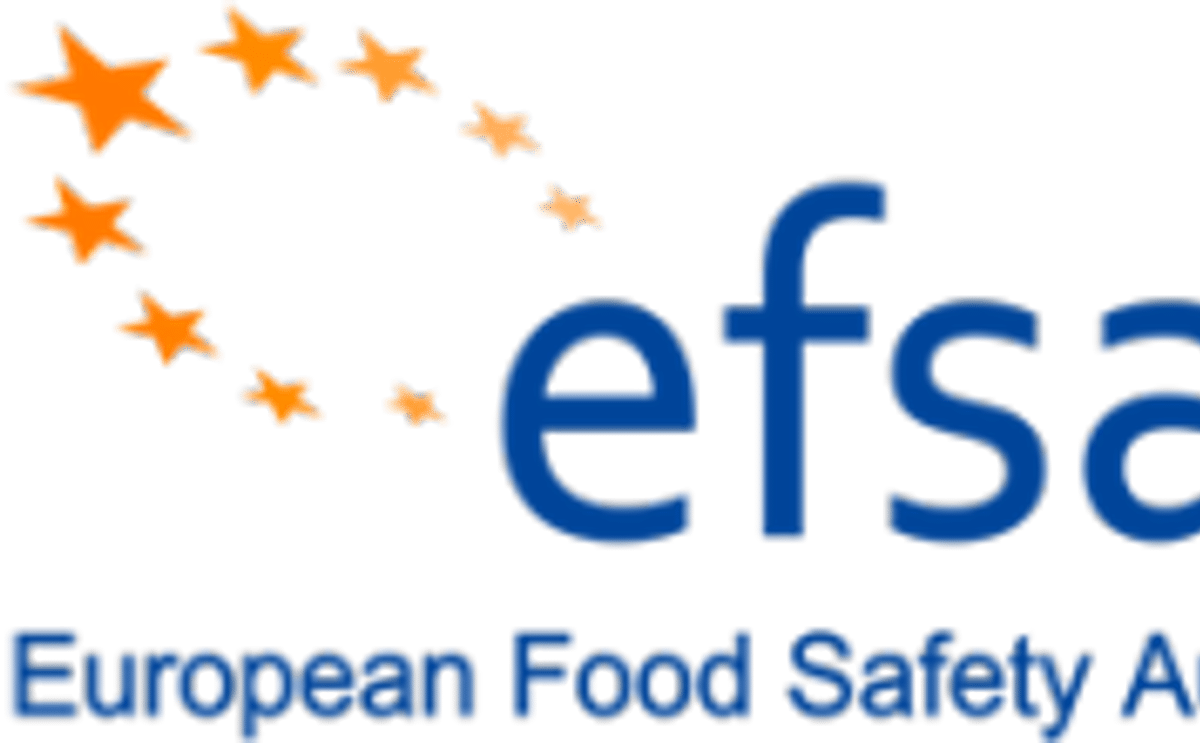The European Food Safety Authority (EFSA) has published a report on acrylamide levels in food including an exposure assessment to estimate the intake of acrylamide for different age groups as well as the major contributors to acrylamide exposure in the diets of consumers in Europe.
The report is based on data submitted by Member States between 2007 and 2009 and will be used by the European Commission and EU Member States to help them assess the effectiveness of voluntary measures taken by the food industry to reduce acrylamide levels.
When comparing data from 2007 with those of 2009, a trend towards lower acrylamide levels could only be found in 3 out of 22 food groups (decrease of acrylamide in crackers, infant biscuits and gingerbread). Over the three-year monitoring period, acrylamide levels were shown to have increased in crisp bread and instant coffee and remained unchanged in a number of other food groups. The highest average levels of acrylamide were found in such foods as potato crisps and substitute coffee, which includes coffee-like drinks derived from chicory or cereals such as barley. Exposure estimates for the different age groups were comparable with those previously reported for European countries.  Acrylamide is a chemical compound that typically forms in starchy food products during high-temperature cooking, including frying, baking and roasting. An EFSA statement in 2005 noted that there may be a potential health concern with acrylamide which is known to be both carcinogenic and genotoxic (i.e. it can cause damage to the genetic material of cells).
Acrylamide is a chemical compound that typically forms in starchy food products during high-temperature cooking, including frying, baking and roasting. An EFSA statement in 2005 noted that there may be a potential health concern with acrylamide which is known to be both carcinogenic and genotoxic (i.e. it can cause damage to the genetic material of cells).
Following a recommendation by the European Commission in 2007, Member States are requested to perform yearly monitoring of acrylamide levels and submit the data to EFSA for assessment and compilation in an annual report.
This latest report – which compares data submitted in 2009 with previous data from 2007 and 2008 – also includes an assessment estimating acrylamide exposure in different age groups in Europe. The pooled monitoring results submitted by Member States were combined with individual dietary information from the EFSA Comprehensive European Food Consumption Database to establish exposure to acrylamide through food.
Fried potatoes (including French fries), roasted coffee and soft bread were identified as the major contributors to acrylamide exposure in adults;fried potatoes, potato crisps, biscuits and soft bread were identified as the major contributors to exposure in adolescents and children. The exposure estimates for these different age groups in Europe were comparable to those previously reported in scientific literature and in risk assessments carried out by the Joint FAO/WHO Expert Committee on Food Additives (JECFA). At that time, JECFA concluded that acrylamide may indicate a human health concern and that efforts should be made to reduce exposure.
As in previous annual acrylamide reports (EFSA 2009, 2010), it can also be concluded that the voluntary measures developed by industry to reduce acrylamide levels in foods, the so-called "toolbox"approach, have had only limited success. To lower overall exposure it would be desirable to further reduce acrylamide levels in food groups that contribute the most to acrylamide exposure. The report also recommends that sampling in future years should consistently cover the same products and contain sufficient sample numbers in each food group to make interpretation of results easier and to establish clear statistical trends.
EFSA publishes report on acrylamide in food

Like to receive news like this by email? Join and Subscribe!
NEW! Join Our BlueSky Channel for regular updates!
Sponsored Content
Sponsored Content
Sponsored Content
Sponsored Content
Sponsored Content











